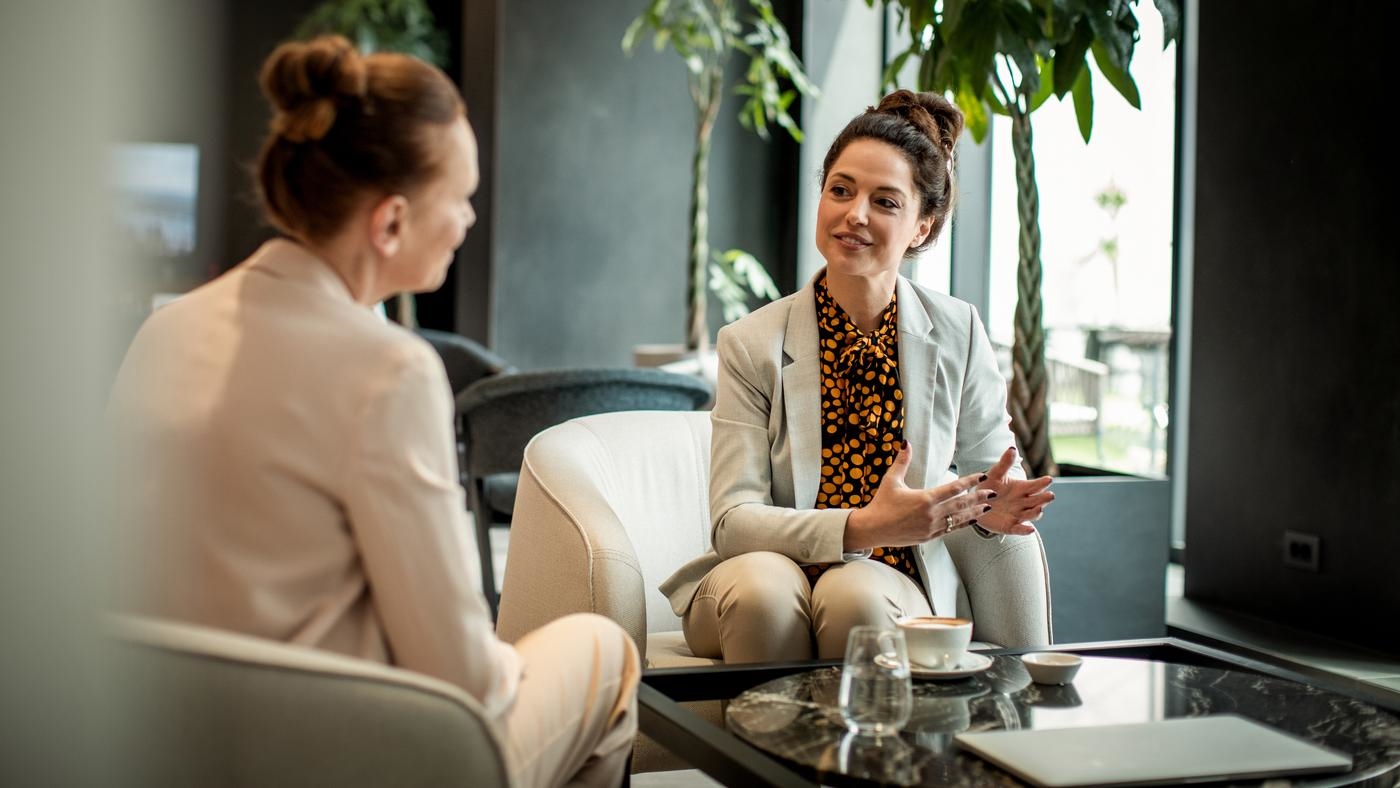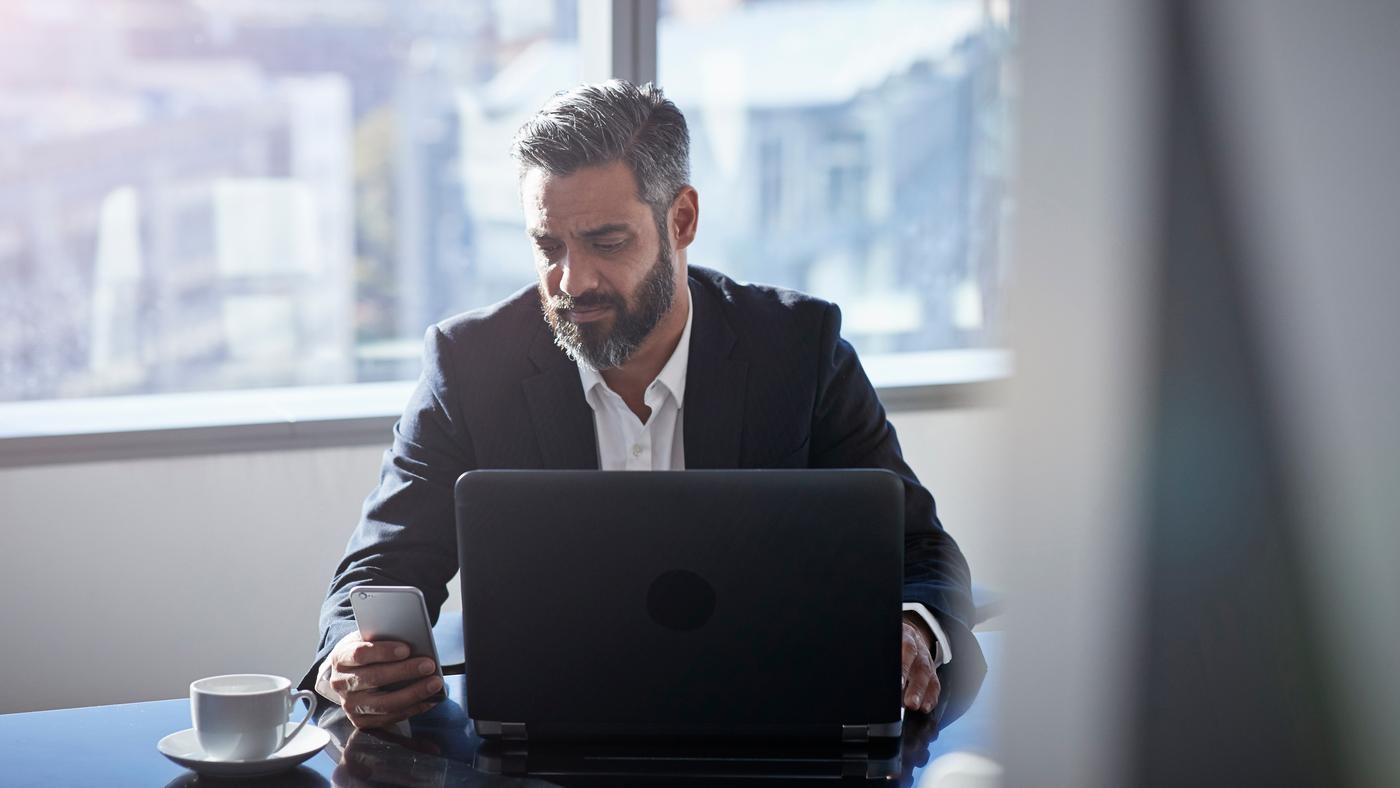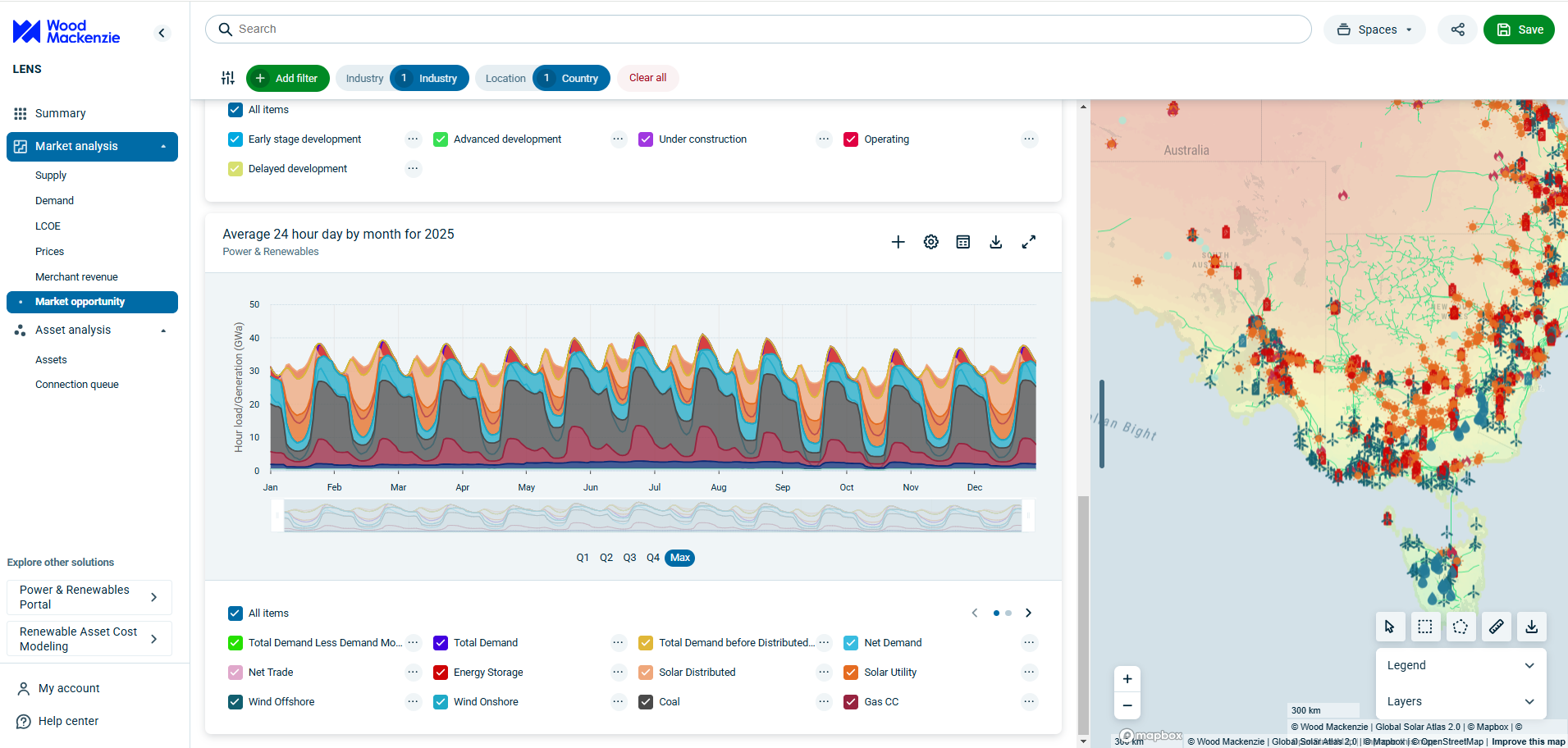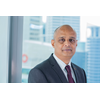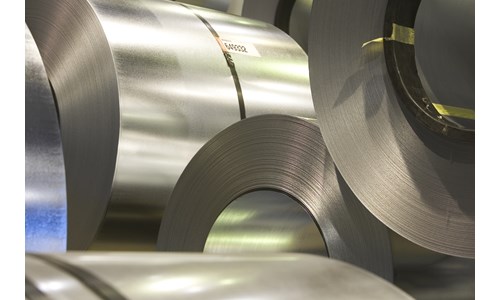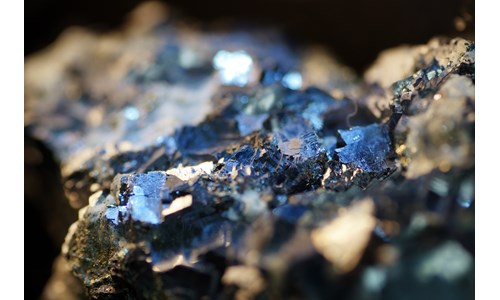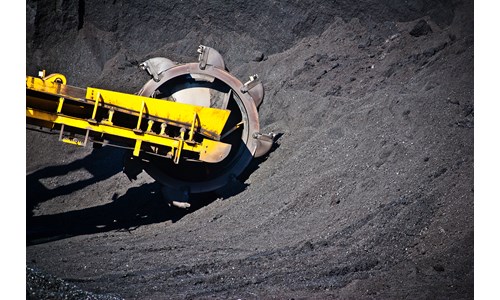Coal indexation in LNG pricing: why it matters
*Please note that this report only includes an Excel data file if this is indicated in "What's included" below
What’s inside this report?
Japan's power sector is in flux due to liberalisation and overcapacity. This is challenging the utilisation of gas generation, which is less competitive than coal.
In April, Tokyo Gas announced a 10-year deal with Shell to supply LNG using a coal-linked pricing formula – a rare move that broke the mould of the typical oil-linked contracts that have been used for decades in the market.
In this insight, we unpack the significance of the deal for Japan’s power sector and for LNG.
Contracts that make use of coal-indexation, such as the Shell/ Tokyo Gas deal, could be an important step to enable gas to better compete with coal-based power generation.

Prakash Sharma
Vice President, Head of Scenarios and Technologies
Prakash leads a team of analysts designing research for the energy transition.
Latest articles by Prakash
-
The Edge
The narrowing trans-Atlantic divide on the energy transition
-
Opinion
Energy transition outlook: Asia Pacific
-
Opinion
Energy transition outlook: Africa
-
The Edge
COP29 key takeaways
-
The Edge
Is it time for a global climate bank?
-
The Edge
Artificial intelligence and the future of energy
Why buy this report?
While the details of Shell’s contract with Tokyo Gas have not been made public, we explore how the deal could have been structured.
We apply our deep understanding of commodity dynamics, local energy dynamics and power market design to consider:
- How could a coal-indexed LNG contract be priced?
- What LNG price is required for existing gas plants to displace new coal power plants?
- What carbon price is required for existing gas plants to compete against existing coal?
Report summary
Table of contents
-
Executive summary
- What is driving the Shell-Tokyo Gas deal?
- What LNG price is required to displace coal in the power sector?
- How could the Shell-Tokyo Gas contract be structured?
- What carbon price is required for existing gas to compete against existing coal plants?
- Conclusion
Tables and charts
This report includes the following images and tables:
- Chart 1: DES LNG: new coal vs new gas plant
- Chart 2: DES LNG: new coal vs existing gas plant
- Chart 3: implied gas price using new coal plant breakeven, DES LNG Japan
- Chart 4: implied gas price range using coal and oil, DES LNG Japan
- Chart 5: DES LNG: existing coal vs existing gas plant (no Carbon)
- Chart 6: DES LNG: existing coal vs existing gas plant (with Carbon)
What's included
This report contains:
Other reports you may be interested in
The new balance: long term implications of Asia gas and LNG
The rebalancing of LNG market will be driven by strong growth in Asia gas demand, especially in China.
$1,050LNG price reviews: what is the new benchmark?
Long term LNG contracts in Asia Pacific typically have reoccurring price reviews.
$1,050
